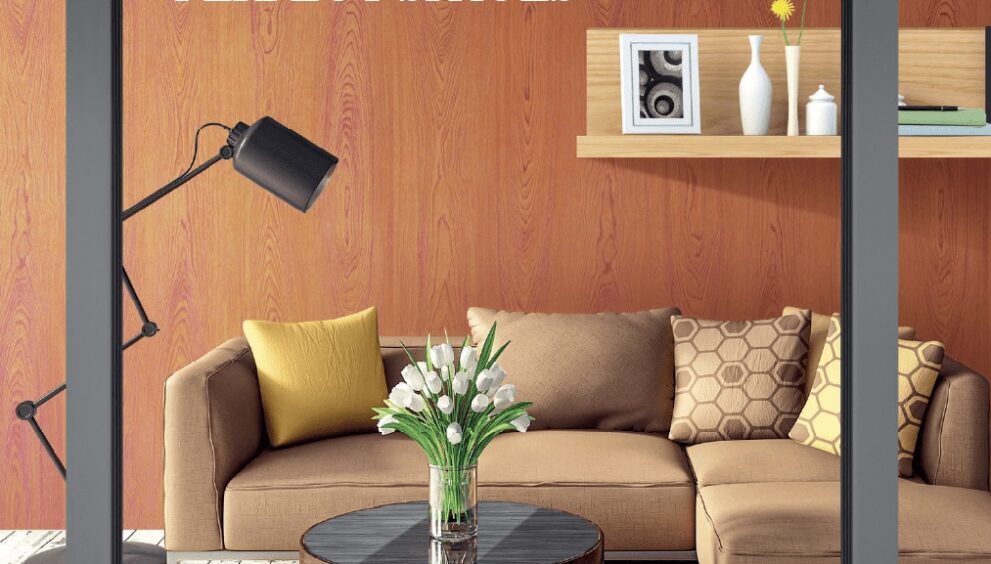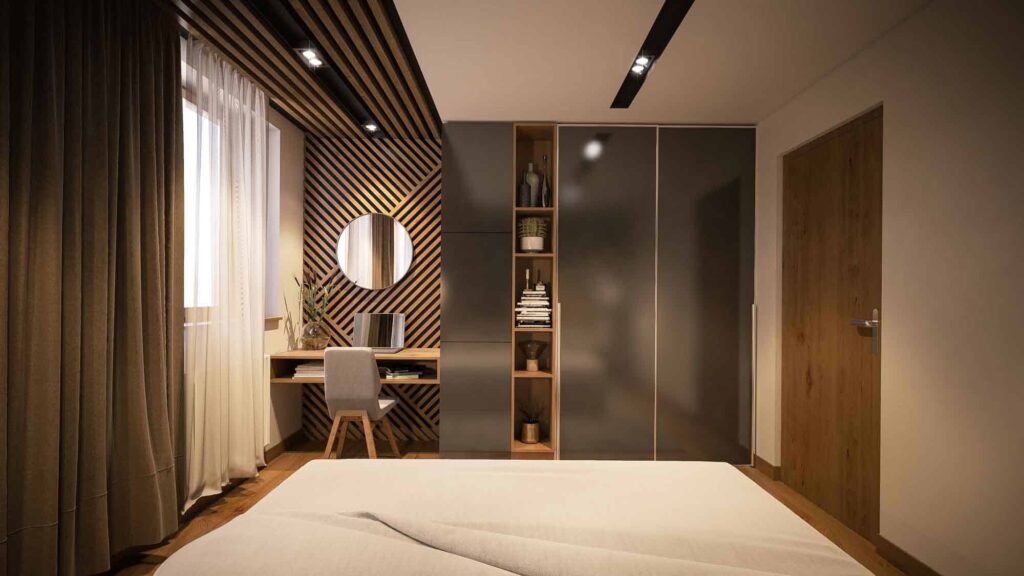The Art of Mixing Materials: Combining Laminate with Other Textures and Patterns

How do you take your interior design to new heights with the blending of different materials? One of the most dynamic ways to accomplish this is through the art of mixing materials, most especially pairing designer laminates with other textures and patterns.
Decorative laminates are versatile and stylish, lending themselves to the visual dynamism one expects in great interior spaces. This guide explores how one can master the art of combining laminates with a host of other materials to create sophisticated, harmonious interior design.
Embracing Contrast
Embracing contrast is one of the cardinal rules when mixing materials. Think of combining designer laminates with contrasting textures like natural wood, metal, or stone. The smooth and shining surface of laminates can look great against the rough texture of raw wood or the cool, sleek feel of metal; such contrasts give depth and character to your space.
Creating Balance
While contrast is important, balance is not any less of an important factor in interior design. When you combine decorative laminates with other materials, be sure no one thing overpowers the rest. This can balance out in a mix to make a space feel quite coherent and thought out. For example, laminate cabinetry and a wooden countertop will give you a balance between modern and rustic elements.
Exploring Color Palettes
Color is a major factor in combining materials. Truly, designer laminates are most easily combined with other materials because of the huge diversity of colors and patterns available. In developing a cohesive look, consider using a color palette that complements the natural tones of the materials you’re combining. This can include neutral-colored laminates that recede from view, providing a subtle backdrop for more dynamic textures and patterns.
Mixed Materials Applied to Functional Zones
- Living Room: In a living room, laminates used on TV units or shelves well complement fabric upholstery and wooden flooring to evoke a feel that is both cozy and modern.
- Kitchen: Laminate countertops in the kitchen can be paired with a tile backsplash and stainless steel appliances for a look that marries functionality with aesthetics.
- Bathroom: Laminate vanity units can be combined with ceramic tiles and glass shower enclosures to achieve a clean, contemporary bathroom appearance.
Incorporating Patterns
Introducing patterns adds a layer of visual interest to a design. Perforated decorative laminates can be matched with field or solid materials to generate hot spots. For instance, a perforated laminate backsplash can be used together with field countertops to create interest and draw the eye without overstimulating a space.
Playing with Scale
Playing with the scale in different materials can make for very interesting and compelling designs. Large laminate panels can be offset by smaller, textured elements such as mosaic tiles or patterned fabrics. It doesn’t just offer contrast; it also creates visual movement that will give a space dynamic interest.
Using Laminates as Accents
The designer laminates can also function as accent pieces of material that outline certain areas or features of a room. For example, a feature wall clad in laminate can nicely back a nice piece of statement art or furniture to give focus to an area while adding a touch of class to it. Similarly, the laminate accents on furniture—for instance, cabinet doors or table tops—may give the design a boost without dominating the space.
Achieving Harmony:
- Textures: The combination of laminates with other materials calls for a sense of harmony. Ensure that the textures are such that they complement each other, rather than clash with one another. For example, a high-gloss laminate would do well when paired with matte or highly textured materials for a balanced appearance.
- Patterns: When using patterns, make sure that these patterns have a commonality in terms of subject or color. This allows the design to create a flow from one element of the design to another without massive missteps in the design.
Conclusion
Master the art of mixing materials—more so when you are combining designer laminates with other textures and patterns—to turn any space into a visual spectacle that exudes harmony. You can come up with a sophisticated interior design that is cohesive by embracing contrast and playing with balance, color, and scale. Be it a home or a commercial space, decorative laminates offer you endless possibilities of imagination and style.

 English
English 



